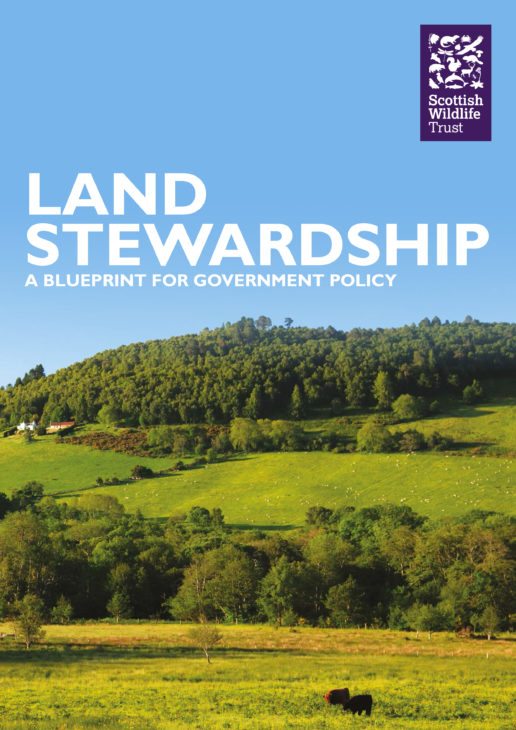Our Land Stewardship Policy is a costed blueprint for government policy. It shows how land management should be supported in Scotland after the UK leaves the Common Agricultural Policy (CAP) in a way that safeguards wildlife and provides a high-quality natural environment, while also supporting the rural economy.
CLOSE Know what you are looking for? Use these quick links to find what you want faster...

